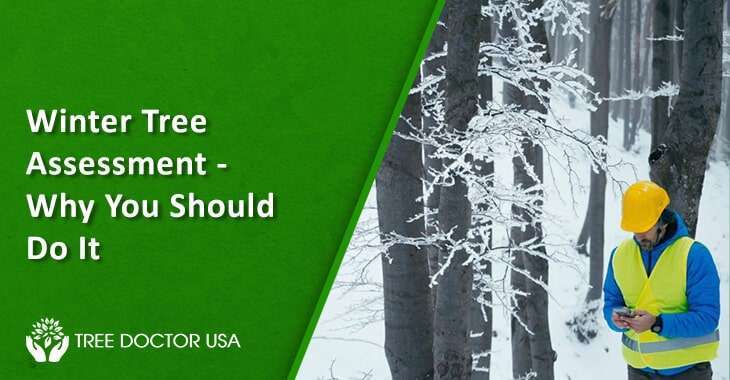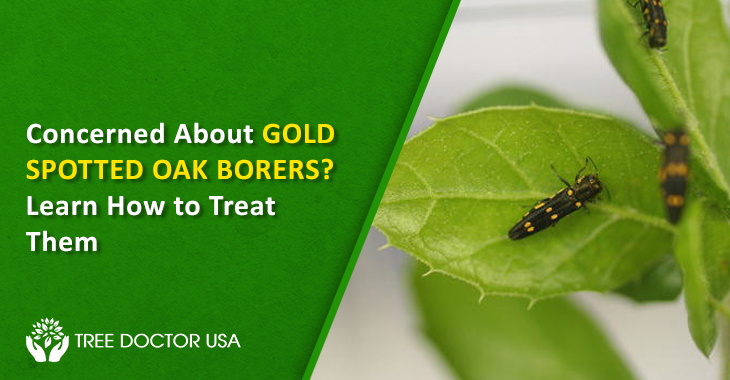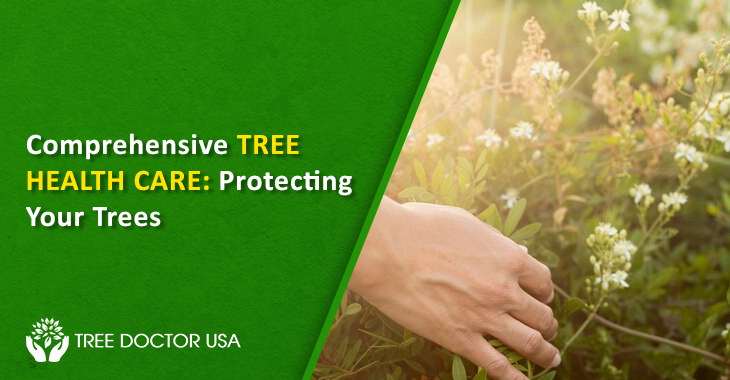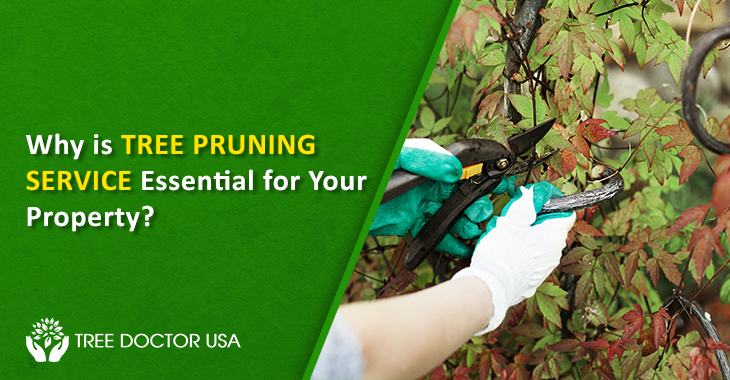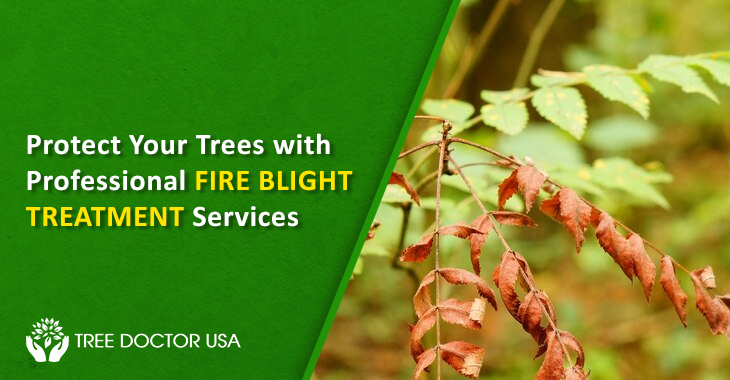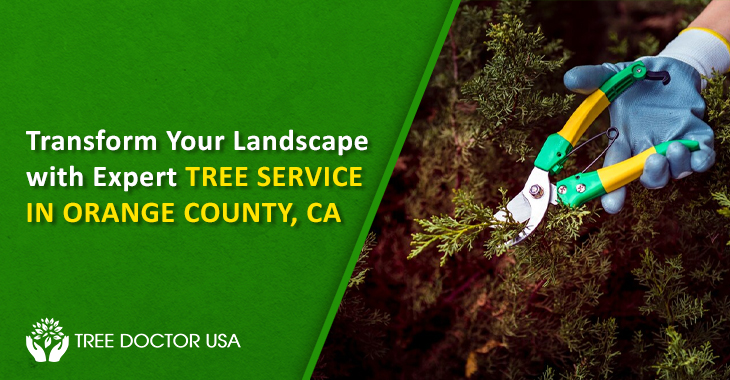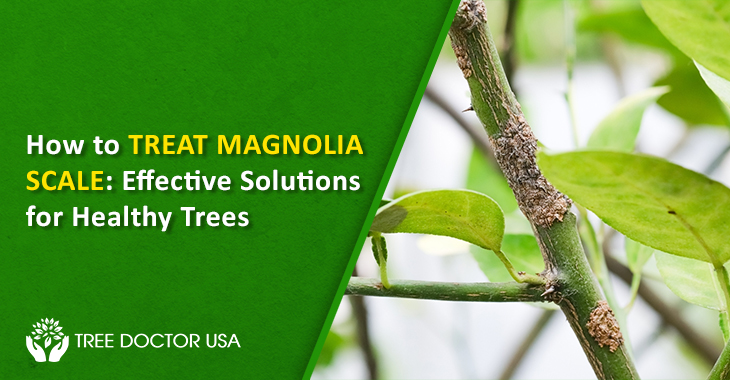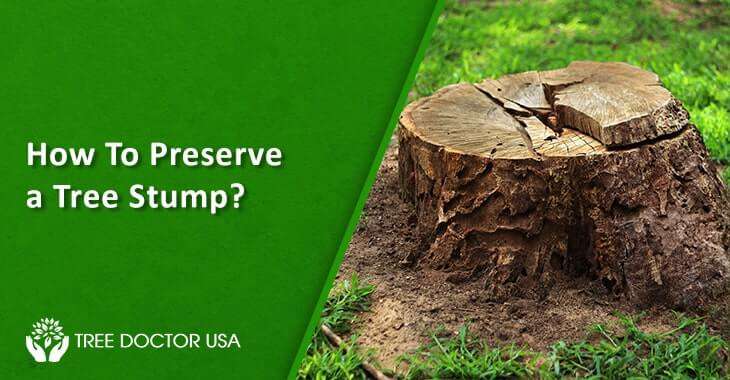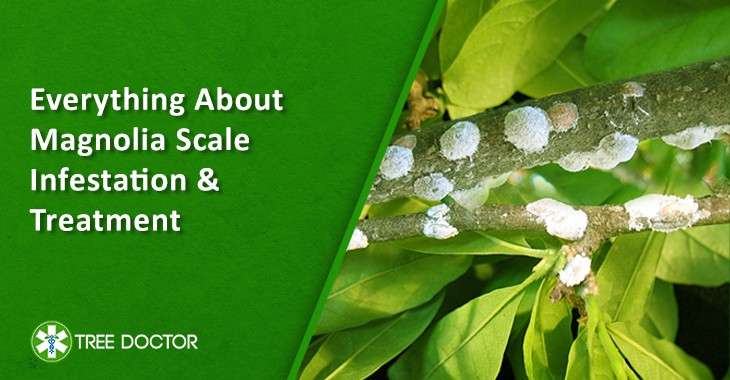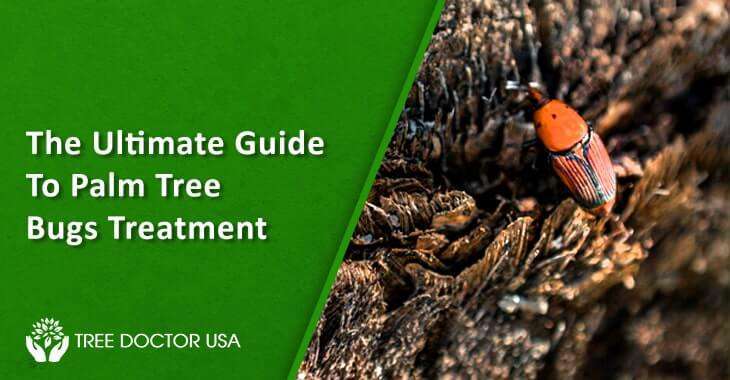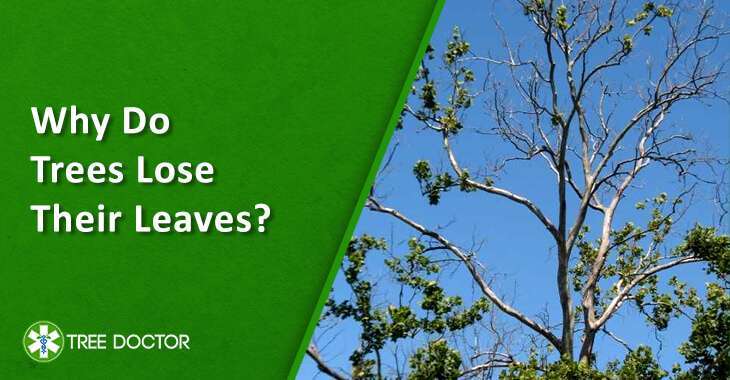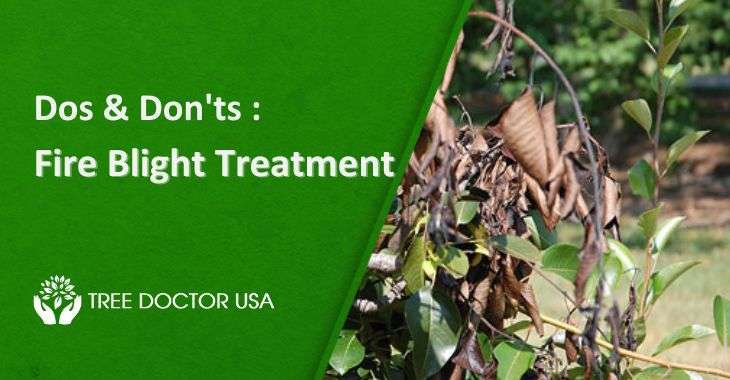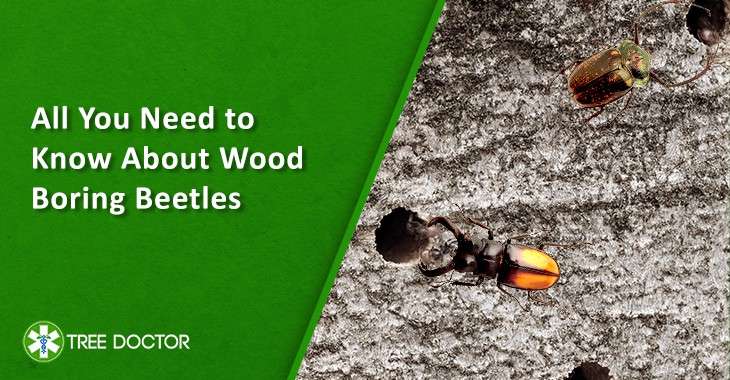Winter Tree Assessment: Why You Should Do It
The garden may have less activity when the spectacular fall colors fade, and the first snowflakes fall as the north winds blow. However, now is the time of year when we can turn our attention to the trees and learn a great deal more about their structure, longevity, and security by conducting a detailed visual inspection of the stems and branches previously obscured by the abundant summer foliage.
There is no requirement for complicated apparatus. Anyone with a strong eye for detail can check Tree Health Care during the winter. A set of binoculars and a stepladder of appropriate height could be of use. You can finish an inspection of a tree by visually sweeping it from the base to the crown while gently going in a complete circle around it to look at it from as many angles as possible. Viewing the tree from a higher vantage point, such as a nearby upper-story window or even a short ladder, will allow for expanding one’s perspective on the subject.
Over the winter, an tree health assessment might help identify and list any potential faults or dangers. It is also an ideal forerunner for pruning early the following year, which is the time when you can clip young and medium-sized trees proactively to discourage and avoid future deficiencies in the tree’s structure.
Checklist for Wintertime Concerns Regarding Tree Inspection
During the winter months, a few obvious issues may become apparent. Many of these problems are caused by a tree that is diseased or dying and has been damaged. To investigate and keep an eye on concerns of this nature regarding safety, a Certified Consulting Arborist may need to be consulted.
Cavities and Other Hollows
Trees that have been injured or otherwise harmed may rot from the side until the tree or stem is entirely hollow.
Sapwood Damage
Several agents can cause harm to the crucial protective layer of live sapwood that lies just under the bark of a tree. This injury may not be able to be repaired, resulting in the heartwood beneath becoming exposed, mushy, and rotting.
Branches that are Deceased, Broken, and Hanging
Almost every type of tree has at least a few little branches that are either dead, damaged, or drooping from time to time. When mushrooms, the fruiting bodies of fungi, emerge from the roots or stems of a tree, it is a sign that the tree’s deterioration has progressed to a more advanced stage.
Cracks
In many cases, fresh cracks, which a visible break may identify through a stem or branch and the color of freshly split wood, serve as an early warning sign of a more serious issue.
Stems With a Dominant Role
The plant is typically relatively weak when two or more huge stems are contending for supremacy, attached at the exact location, and strongly weighted on the side. It presents a formidable challenge when the connecting junction is formed more like a V than a U, as this leaves very little wood for the secure attachment of all stems. Excessive Leaning Trees that are leaning too much to one side that are relying more and more upon, or that have soil that is heaving up around the roots may be at risk.
Root Damage
Trees can be killed and become unstable when their roots wrap around the tree’s base, when obvious root cutting occurs, or when there is a substantial disturbance in the root zone.
Next Step
After the tree health assessments, the expert will suggest simple steps to consider. Generally, you will be suggested to do the Pruning process with your trees. Pruning reduces winter hardiness. Significant and young tree cuts are dangerous. If near-freezing temperatures are predicted, halt trimming five days prior.
Stress-free Trees
Winter tree pruning reduces tree stress. Pruning trees when they’re actively growing might take much work. It may also encourage development and make hardening difficult before winter. Dormant winter is the best time to prune. Dormancy tells trees when to prepare for freezing temperatures, dry conditions, or water and fertilizer deficit. They cease growing and preserve energy until mild weather arrives. Winter trimming causes less sap loss, reducing tree stress.
Improved
Winter pruning produces better results. Without leaves, you can tell where to prune to maintain structural integrity. You’ll know what needs cutting. Diseased or broken branches are easier to reach. This way, you’ll have a healthier tree and more effective pruning. Tree canopy cleaning can be done efficiently in winter, allowing more sunshine to reach turf and understory plants. Thinning reduces plant size by one-third.
Pruning won’t harm new growth while plants remain dormant. Winter tree cutting boosts growth. When dead or damaged branches are left in situ, the tree sends nutrients to restore them. It reduces the tree’s nutrition and energy.
Reduces Pests and Diseases
Pests and diseases might affect pruning. Winter is an excellent season to prune trees because they’re dormant. Bare trees reveal unhealthy or broken timber. It would be best if you only pruned some trees in the winter. Beetle infestations and oak wilt can damage oak trees. Open pruning wounds leave your tree more prone to pests and disease in the spring; winter reduces this danger. Pruning your trees keeps your yard and loved ones safe. Old trees have weak, damaged, and diseased limbs. Leaving them makes them more likely to fall and cause safety issues or damage throughout the winter. Leaving dead or diseased branches or plants might spread damage.
Better Spring Growth
Winter pruning and care prepare trees for spring development. New spring growth might make your trees healthier. If you prune after further growth, you may reduce the plant’s blooming potential. Dormant pruning reduces tree stress and makes way for new, strong growth in spring and summer. Spring brings recent change. The latest development has time to solidify before summer’s brutal heat.
As trees develop, overgrown branches are typical. Overgrowth reduces airflow, and it can cause diseases. Thinning green areas improve airflow.
Longevity
Pruning and maintaining your tree will certainly extend its life. Good-health trees can survive high winds, snow, and ice. You give your trees a healthy start to the following growing season and a chance to stand for years. Planting trees takes time and patience, so save the ones you already have. Pruning trees in the winter helps prevent costly tree removals.
Spring/Summer Trim
You may ask if you can trim and prune your trees in spring and summer. Spring and summer pruning is recommended. During these months, it’s likely for safety or aesthetics. Dormant pruning has benefits that you can’t ignore.
In the Direction of a Robust Tree Architecture
The fact that the problems mentioned above are, to a significant extent, avoidable and should not be prevalent is one of the gratifying benefits of practicing proactive and attentive tree care. An inspection of the trees throughout the winter should also provide an opportunity to evaluate the successful efforts to develop robust tree architecture and devise strategies for the pruning cycle that will take place the following year. The upcoming newsletter will discuss performing preventative tree pruning to ensure sound architecture and increased tree longevity.
Don’t compromise with your tree health in winter, Hire Tree Doctor USA right away if you need certified arborists.

